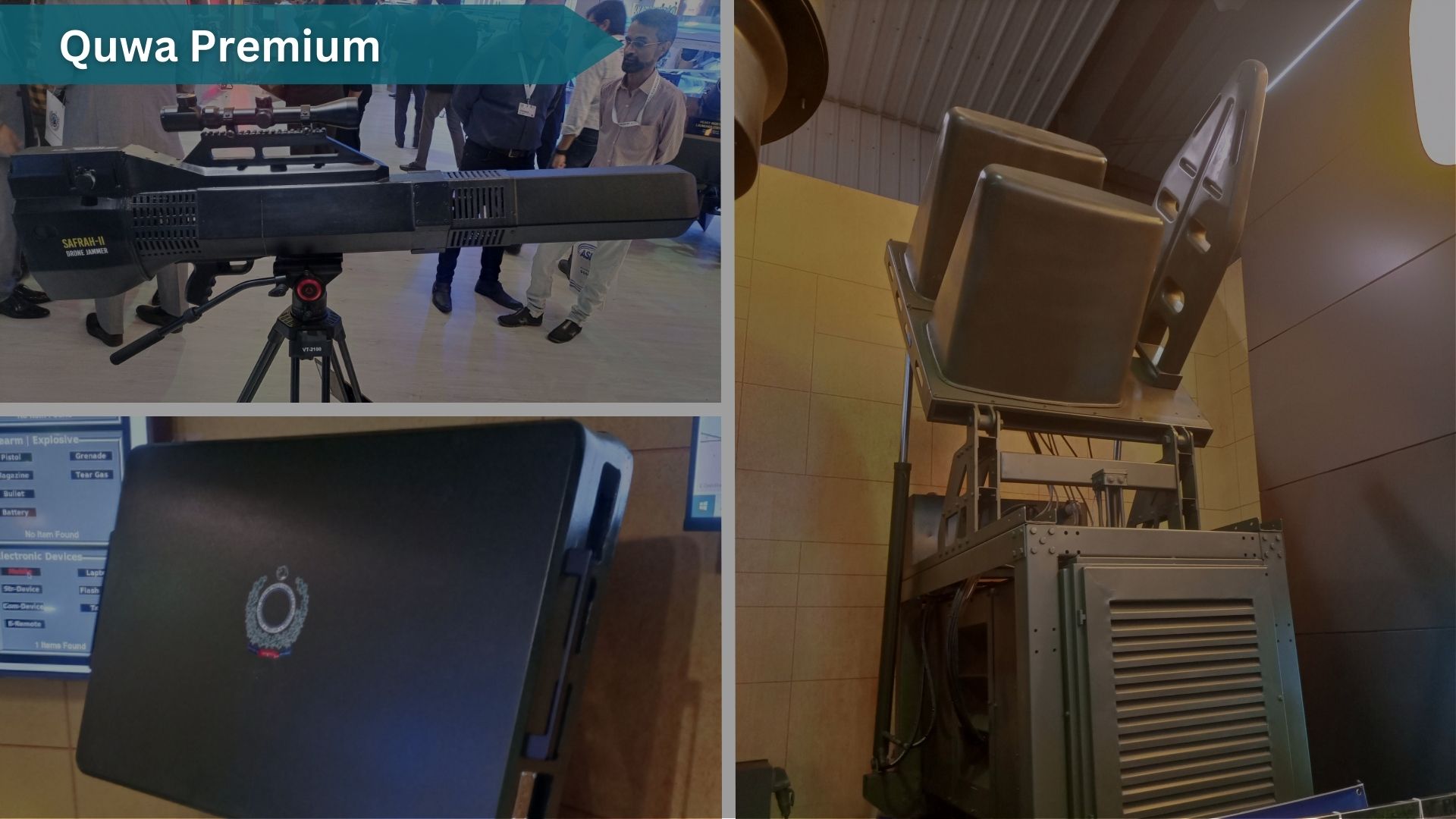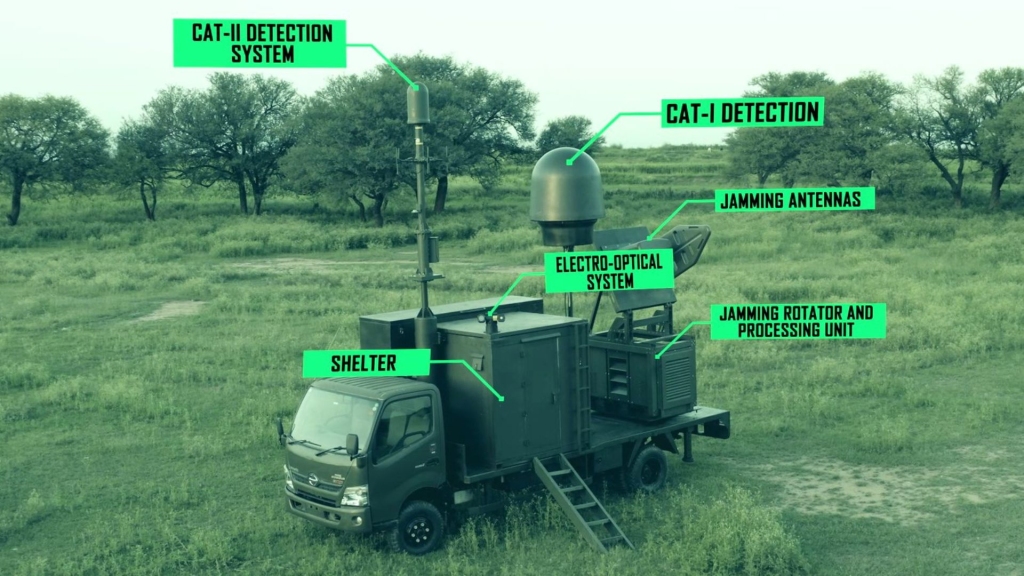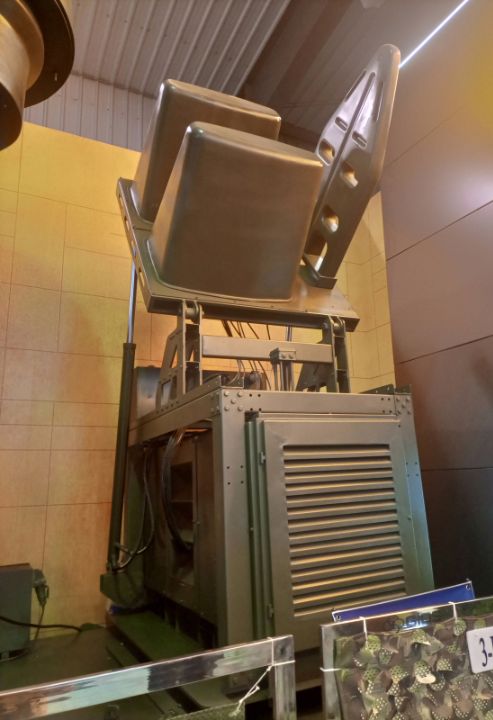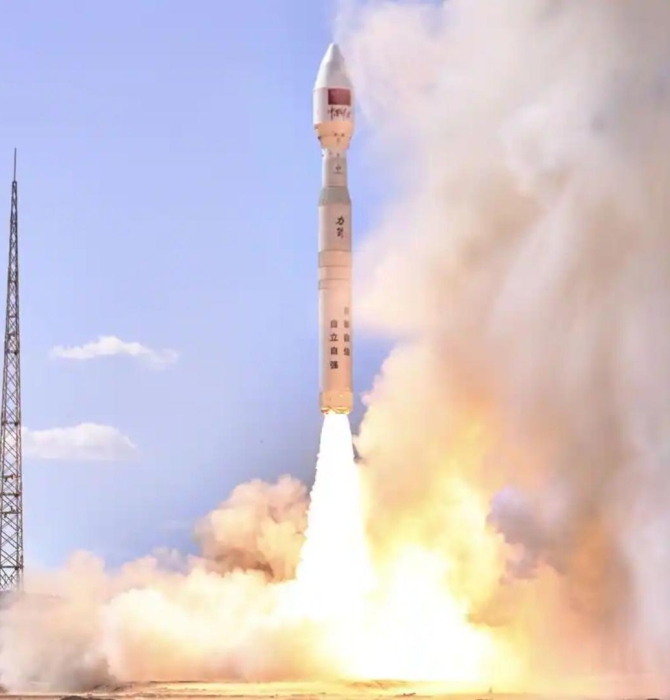7936Views

Industry Report: Pakistan’s Homegrown C-UAS Solutions Quwa Premium
This article was written by Farooq B, an open source intelligence (OSINT) analyst specializing on Pakistani defence procurement and development programs. For more of Farooq’s insights, follow him on X.
Pakistan’s state-owned enterprises (SOE) have shown significant strides in their efforts to develop counter-unmanned aerial system (C-UAS) solutions.
The primary intended market for these C-UAS solutions is the Pakistani military. Although each of the Pakistan Army (PA), Pakistan Navy (PN), and Pakistan Air Force (PAF) have heavily invested in their respective unmanned aerial vehicle (UAV) fleets and loitering munition inventories, they will also be contending against enemy drone threats. Therefore, gaining the means for both employing and defending against drone weapons is a matter of urgency.
Pakistan’s New C-UAS Offerings
On this front, a joint-venture between two key Pakistani SOEs – i.e., the Defence Science and Technology Organization (DESTO) and the National Electronics Complex of Pakistan (NECOP) – is playing a leading role in developing original C-UAS systems.
DESTO has developed vehicle-mounted and portable C-UAS systems capable of radio-frequency (RF) detection and jamming as well as GPS spoofing.
NECOP focused on the development and production of a portfolio of C-UAS ‘guns’ as well as radars (for tracking UAVs). The latter will be integrated onto DESTO’s systems in the future.

DESTO SPIDER
Developed by DESTO and commercially marketed by Global Industrial and Defence Solutions (GIDS), the SPIDER seems to be a medium-range C-UAS system.
It leverages a Hino 300 as a platform to house an operator cabin for command-and-control (C2), a power-generation set, and an assortment of C-UAS systems.
The C-UAS systems incorporate two different RF detection and direction-finding systems mounted onto masts, both of which allow for passive detection of primarily category-1 and category-2 UAVs (corresponding to loitering munitions and medium-altitude long-endurance drones, respectively) at distances of beyond 10 km. A ‘passive’ sensor typically monitors an area for radio emissions from communications links, radars, and satellite links.

The RF detection suite is paired with multi-band antennas that can jam both RF signals as well as GPS/GNSS signals past 10 km, but also spoof GNSS/GPS signals at a range of over 10 km. What this means is that the SPIDER can interfere with communications data-links connecting drones or munitions to their operators as well as satellite-navigation/location systems.
Finally, it seems that a Chinese-origin short-range electro-optical and infrared (EO/IR) detection system is also integrated to the SPIDER. This offers the SPIDER’s operators to visually identify, detect, and track UAV threats.
End of excerpt (381/1,135 words)
Existing Quwa Premium members can log in below
Note: Logged in members may need to refresh the article page to see the article.


